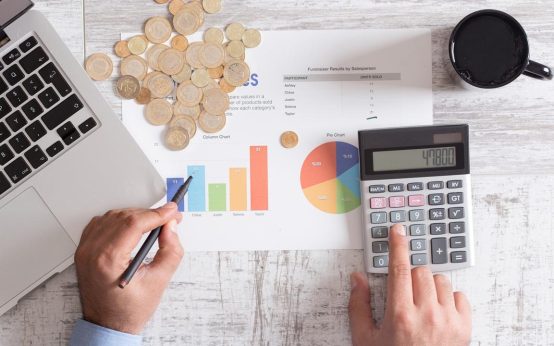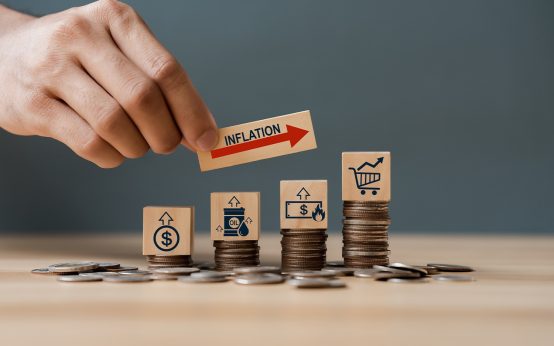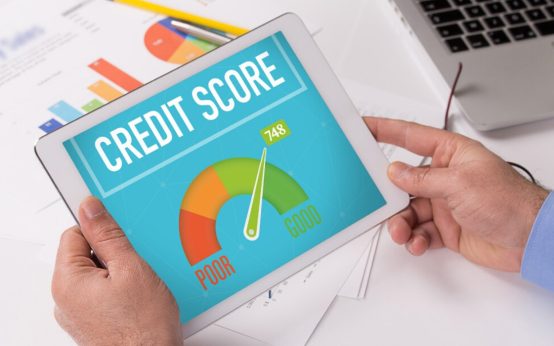
Revolving credit, which is frequently offered through credit cards, may be used to fund a variety of purchases and offers payment flexibility: you can choose to pay the whole debt, the minimum balance due on the account, or a sum in between each month.
Open revolving credit lines are also good for your credit profile even if you don’t have a debt on them.
nquestionably, there are advantages, but there are also drawbacks. We’ll discuss revolving credit, its advantages, and a few typical applications.
Revolving Credit Explained Simply:
Revolving credit is a type of short-term loan in which the borrower can use its credit limit as much as necessary in the future. Although certain revolving lines of credit could have limitations, it can often be utilized for almost any purpose.
It can be used as often as necessary without opening another account, provided that the payments are made on schedule and the account is maintained in satisfactory condition. It is also known as an evergreen loan or open-end credit because of this.
When using a revolving credit account, flexibility is crucial. Borrowers have a choice of:
Utilizing how much of their credit limit
Whether they wish to settle the amount immediately or gradually
What to buy with these advantages, consumers have access to credit that they may use however they see fit, according on their own circumstances, as opposed to installment loans.
Revolving credit is convenient, but there are several more reasons why individuals choose it over alternative methods of payment:
- A reserve fund for unplanned expenses
- Aid in controlling cash flow
- Offers some sort of theft prevention
- Gaining benefits for regular purchasing
Revolving credit is frequently used to pay for unforeseen costs or crises if the money required to address a situation is not readily accessible. It can include a car problem, house maintenance, a health problem, or something else.
Since most credit cards offer security against illegal transactions, many consumers also use them as a type of revolving credit to guard against theft.
Borrowers of credit cards often are not responsible for unauthorized transactions. If your credit card information is taken, this is helpful. A debit card will prevent the thief from getting access to the money in your bank account.
They only have access to your credit line, and if they start making charges, you are safeguarded from unlawful usage.
If you maintain your debt carefully, using revolving credit for routine purchases may be highly advantageous. Cash back, travel miles, discounts at certain retailers, and special offers for select cards’ users can all be extra benefits of many credit cards.
In order to cover costs until cash is available, such as filling up a tank of petrol on Friday before getting paid on Monday, lines of credit are also helpful for managing cash flow.
How Does Revolving Credit Work?
Here’s how it functions now that we understand what it is. On the accepted credit card or line of credit, the lender sets a credit limit. They consider several variables while determining the credit limit, including:
- Ratio of debt to income
- Credit rating
- Total revenue
- Credit report information
- Market circumstances
The bank may also demand the rights to collateral, such as a house or money, in the case of a secured credit card or home equity line of credit in order to secure the account and lower the risk involved.
Payments on revolving credit are normally required every month. In contrast to non-revolving or installment credit, you can choose to pay the minimum amount due, the entire sum, or an amount that lies between the two.



 Build Credit the Easy Way
Build Credit the Easy Way  Learn about the best companies to consider investing in the midst of an inflation boom
Learn about the best companies to consider investing in the midst of an inflation boom  How to improve credit for any financial circumstance
How to improve credit for any financial circumstance